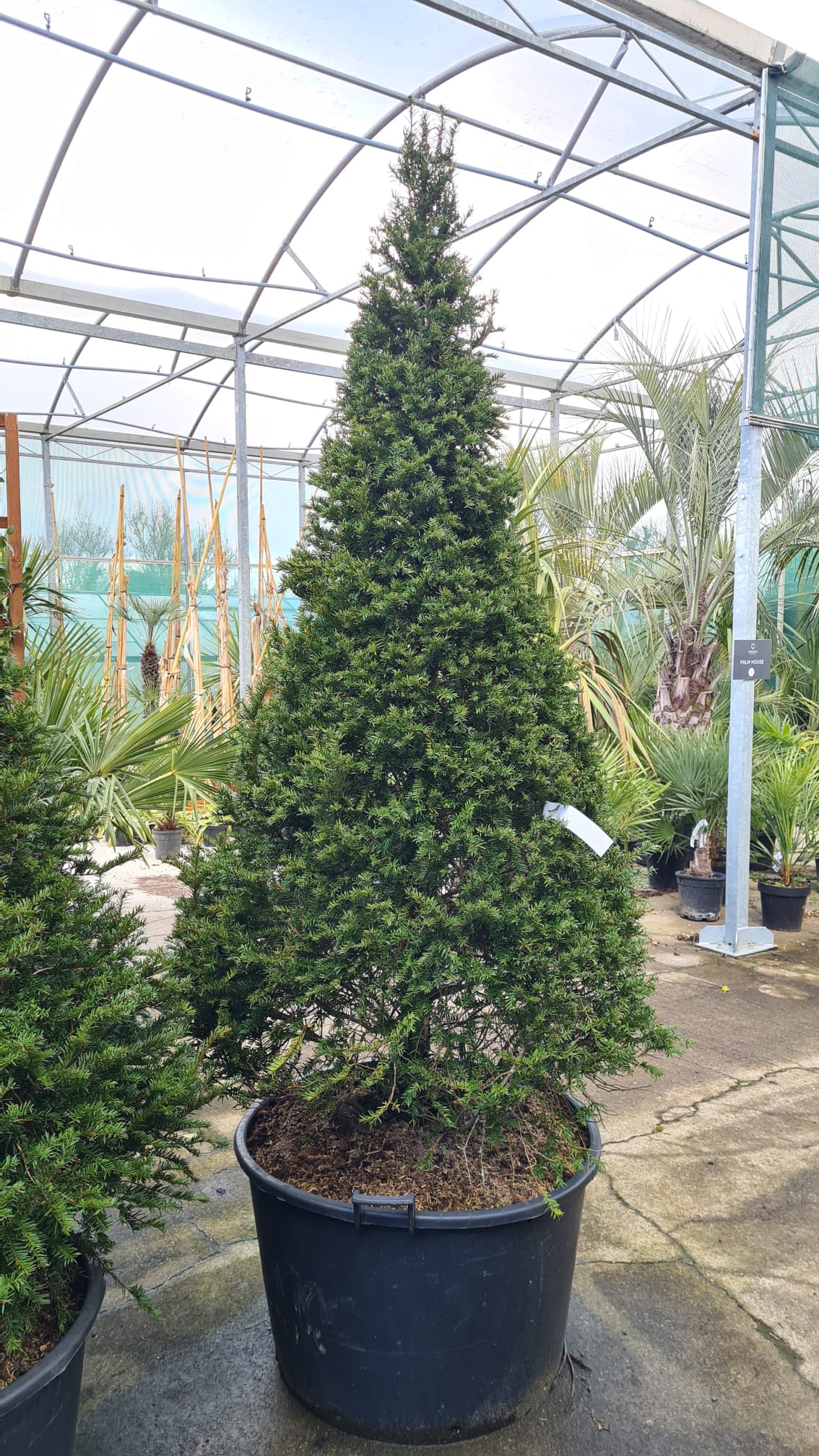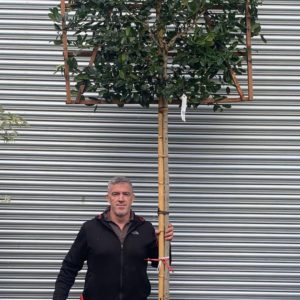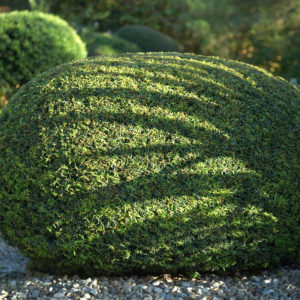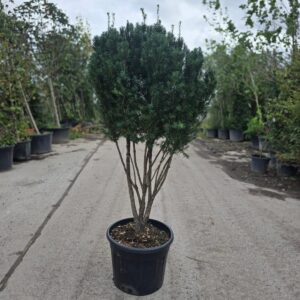Taxus baccata / Yew Cones
Price range: €350.00 through €1,230.00
Frequently Bought Together

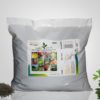

Description
Common Name: English Yew Cone
Botanical Name: Taxus baccata (cone shaped)
Plant Type: Evergreen conifer
Mature Height: 2-3m
Mature Spread: 1-1.5m
Flowering Period: March-April (inconspicuous)
Flower Colour: Yellowish (male), green (female)
Foliage: Dark green needle-like leaves, evergreen
Hardiness: RHS H7 (very hardy throughout UK and Ireland)
Soil Requirements: Well-drained, tolerates most soil types
Aspect: Full sun to full shade
Maintenance: Low to moderate
Description
Like ancient sentinels standing guard through centuries, Taxus baccata cone shaped brings timeless elegance and architectural precision to gardens with its perfectly sculpted form that creates striking focal points in both formal and contemporary landscapes. This magnificent evergreen conifer embodies the very essence of British garden heritage, its dense, dark green foliage maintaining immaculate cone-shaped structure throughout every season, creating year-round beauty that anchors garden designs with classical sophistication.
Each perfectly formed specimen displays the most exquisite needle-like foliage in deep, lustrous green that catches and reflects light beautifully, creating subtle variations in tone and texture that add depth and richness to the garden tapestry. The naturally dense growth habit ensures the cone shape remains crisp and defined, whilst the slow, steady growth rate means this living sculpture will maintain its elegant proportions for decades with minimal intervention.
The remarkable adaptability makes this yew equally at home in formal parterre gardens, contemporary courtyards, or traditional cottage garden settings, thriving in conditions from full sun to deep shade with equal vigour. This exceptionally hardy variety withstands the harshest Irish winters whilst tolerating drought, pollution, and coastal conditions, making it one of the most reliable and versatile evergreens for Irish gardens.
Steeped in history and symbolism, cone-shaped yew combines ancient heritage with modern garden appeal and outstanding longevity. Plant as dramatic specimen features, use to create formal avenues, or position in pairs to frame entrances and pathways, creating gardens of enduring beauty and timeless sophistication that will grace your landscape for generations to come.
Caragh’s Garden Notebook
Plant in autumn or early spring in well-prepared soil with good drainage, though yew tolerates most soil conditions including heavy clay and chalk. Choose any position from full sun to deep shade, making this one of the most adaptable evergreens for challenging garden situations. Space 1.5-2m apart for screening or allow full spread for specimen planting.
Maintain soil structure with annual mulching using organic matter such as compost or bark chips, though established yews are remarkably drought tolerant once the root system is established. Water regularly during the first two years, then only during prolonged dry periods, as yews prefer slightly drier conditions once mature.
For container cultivation, use good quality multipurpose compost in a substantial pot at least 60cm wide with excellent drainage. This variety makes an outstanding specimen for formal container displays and is particularly effective in pairs flanking doorways or pathways. Feed with slow-release evergreen fertiliser in early spring.
Trim lightly in late summer to maintain the perfect cone shape, using sharp secateurs or hedge trimmers to preserve the dense foliage. The slow growth rate means annual trimming is usually sufficient, though young plants may benefit from light shaping twice yearly. Always wear gloves as all parts of yew are toxic.
Water established plants only during severe drought, as yews are exceptionally drought tolerant and prefer well-drained conditions. The deep root system benefits from occasional deep watering rather than frequent shallow watering, and mulching helps retain moisture whilst preventing waterlogging around the base.

